St. Peter’s Seminary
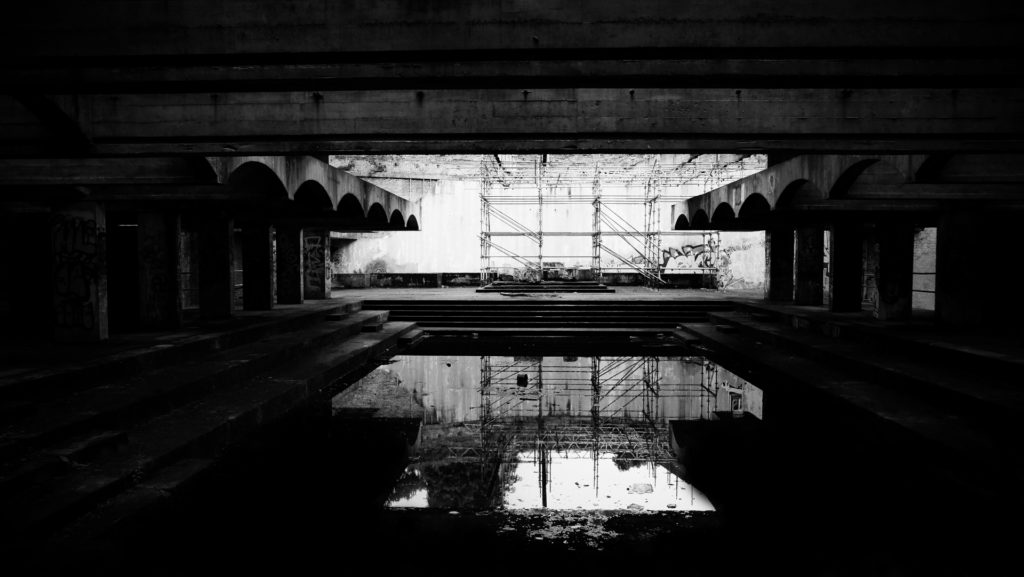

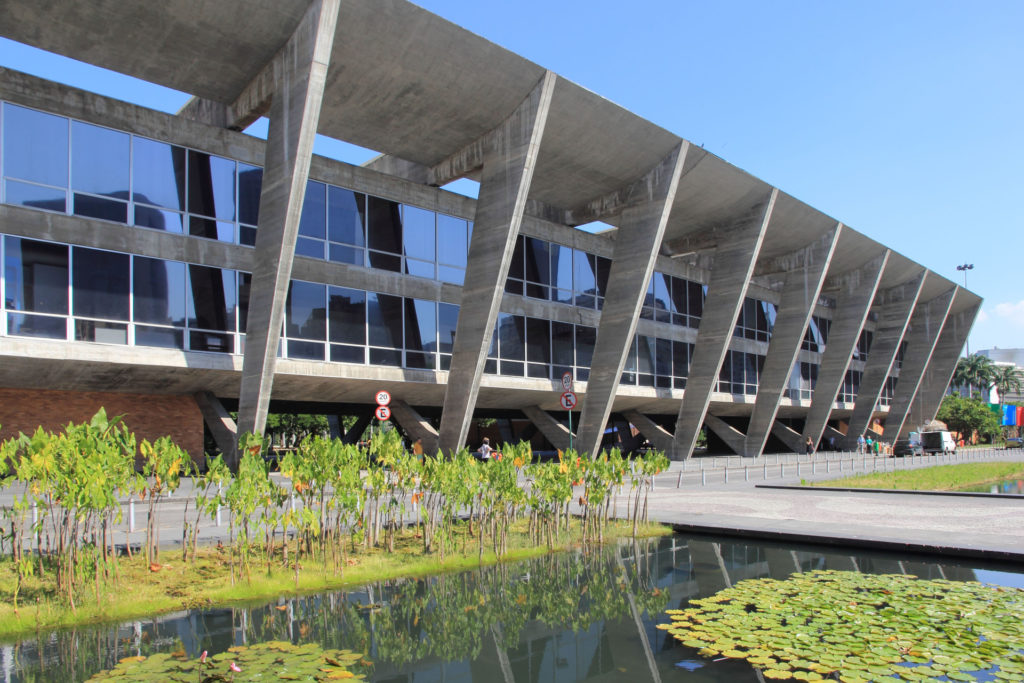
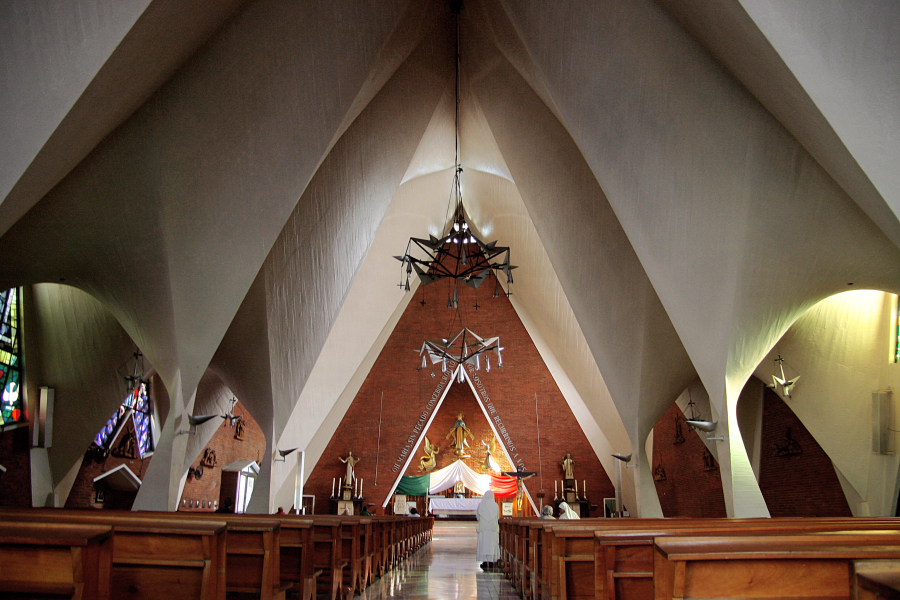
Alongside Breuer’s Abbey Church (LINK) Candela’s church is a very early example of the purist use of sculptural exposed concrete formwork.
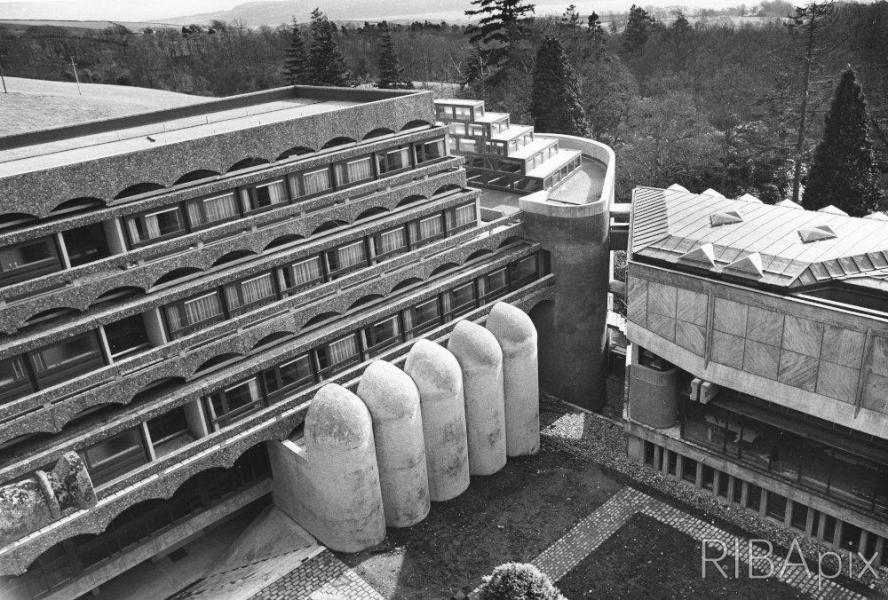
A striking example of the widespread influence of Le Corbusier’s oeuvre: Here, we can see overtones of his La Tourette priory and the round arches used in the Jaoul Houses. The priory was only used for 14 years and then served as an institution for d…
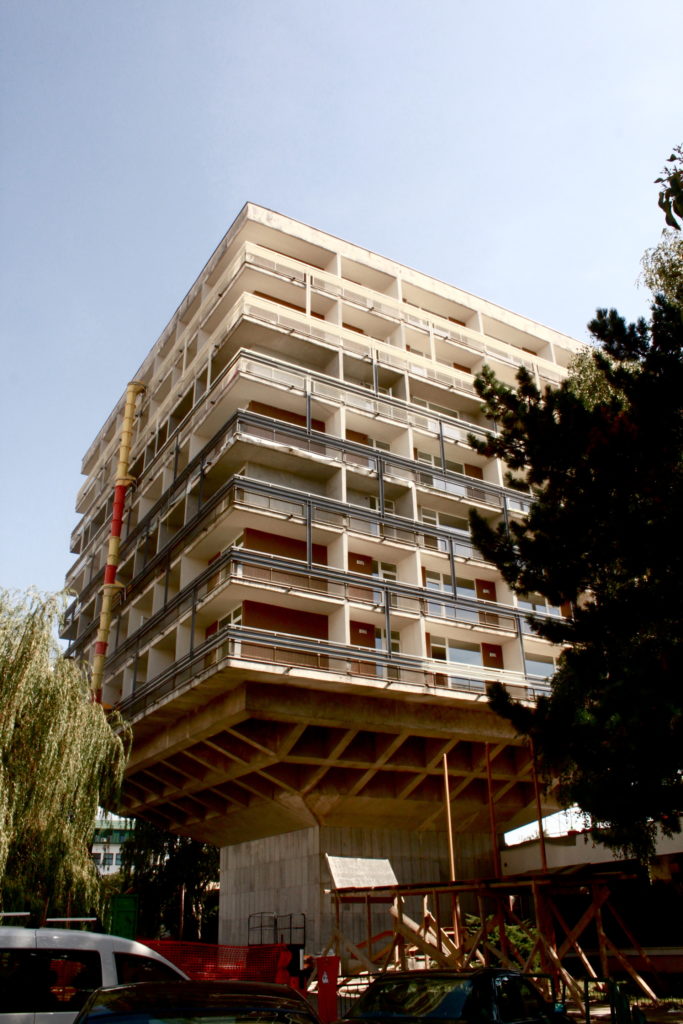
No description yet: Can you help?
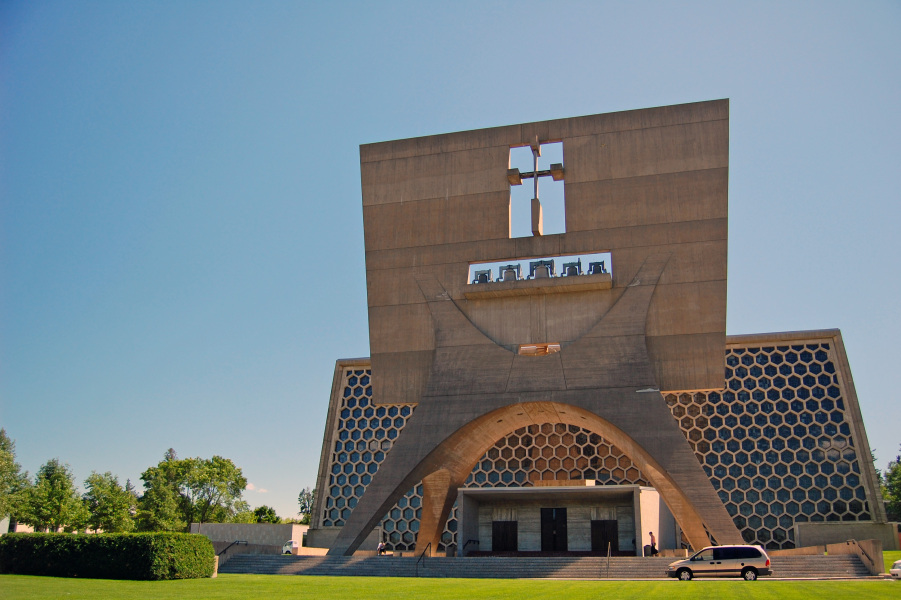
This edifice is part of a large Benedictine monastery and consists of a trapezoidal nave and a bell tower the shape of which is itself reminiscent of a bell. With the sculptural use of exposed concrete on a monumental scale, the church is considered a k…
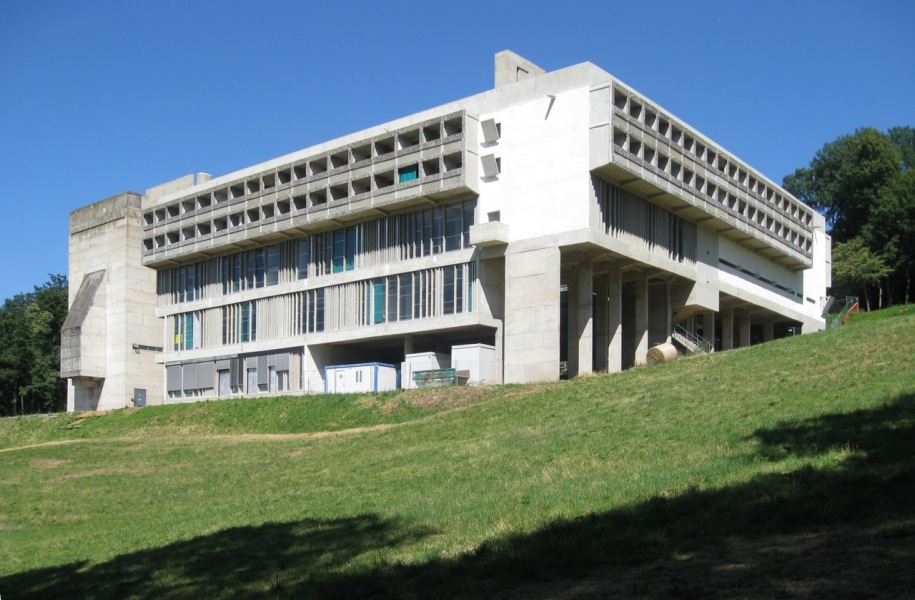
The ensemble was donation-financed and kept deliberately plain. Only a few elements are realized in a more elaborate form using cast-in-place concrete. Here, Le Corbusier, one of the role models of the brutalist architects of the 1950s, created a struct…